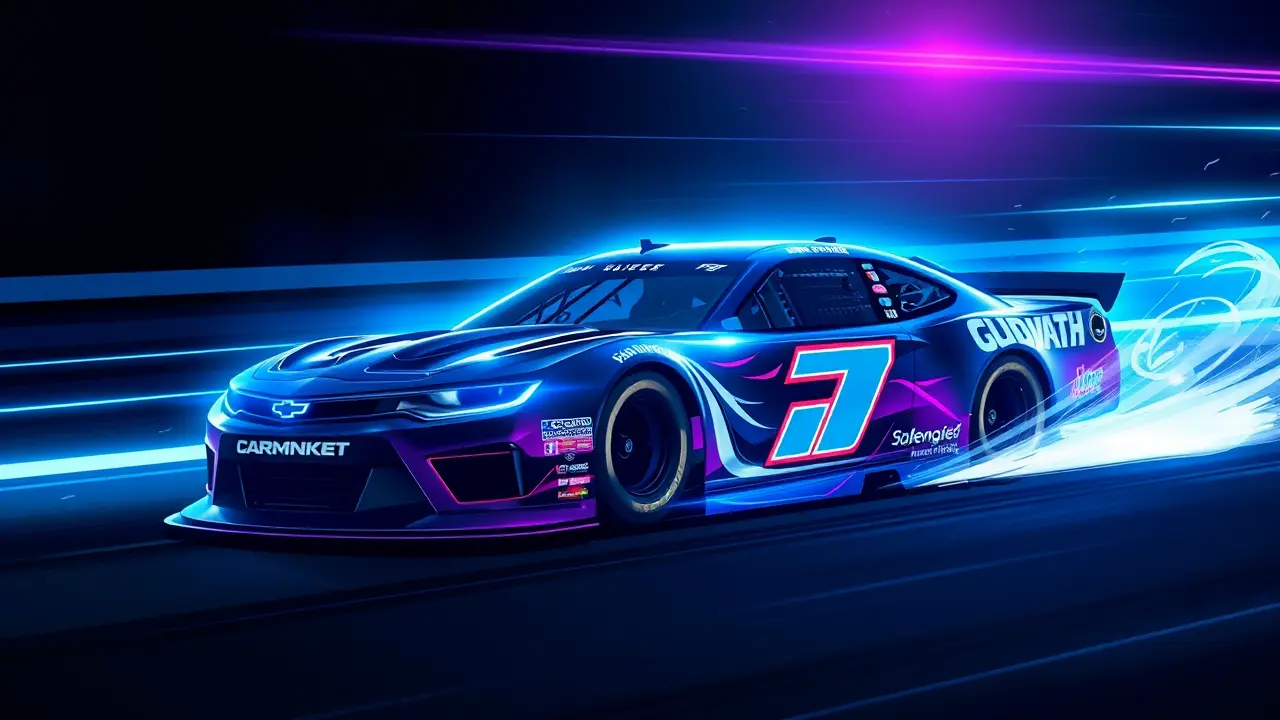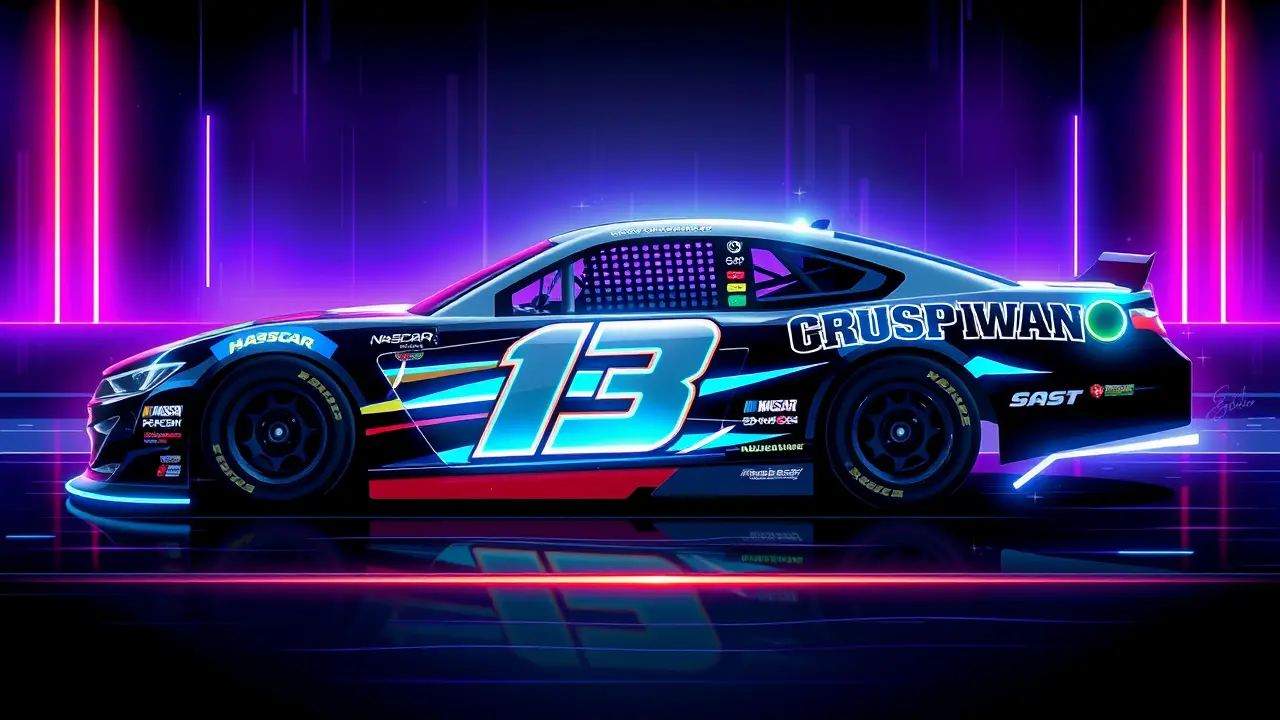
SportmotorsportFormula 1
Fernando Alonso on Kalle Rovanperä's Switch to Super Formula.
JA
Jack Turner
13 hours ago7 min read4 comments
Fernando Alonso, the seasoned maestro of Aston Martin's Formula 1 outfit, has cast a spotlight on one of the most intriguing cross-sport maneuvers in recent memory, expressing his keen interest in tracking the progress of two-time World Rally Champion Kalle Rovanperä as the Finnish phenom makes the audacious leap from the treacherous gravel stages of the WRC to the high-speed, aerodynamic-dependent crucible of Japan's Super Formula championship. Alonso, a driver whose own career is a masterclass in versatility with triumphs at the 24 Hours of Le Mans and a dogged pursuit of the Triple Crown, understands better than most the monumental challenge Rovanperä faces.'I'm genuinely curious to see what Rovanperä can achieve,' Alonso remarked, his words carrying the weight of hard-earned experience. 'He is, without a doubt, an incredibly talented driver, a generational talent in the rally world.But he is undoubtedly facing a difficult test—the difficulty of which will be dictated by the specific series he competes in. It's a tough challenge that awaits him next season, and I will be watching his progress with great interest.' The Spanish champion then distilled a crucial truth that often goes unspoken in motorsport circles: 'As I've said before, transitioning from rally to circuit racing is even more difficult than the reverse. ' This isn't merely a platitude; it's a fundamental reality rooted in the divergent skill sets required.Rally champions like Rovanperä are masters of improvisation, reading constantly changing surfaces and committing to blind crests with a courage that borders on the sublime, their cars sliding in a controlled dance of oversteer. Circuit racing, particularly in a spec series like Super Formula with its savage downforce and razor-sharp reflexes, demands a different kind of artistry—one of millimeter precision, relentless consistency, and an almost telepathic feel for tire management and aerodynamic wash.For Rovanperä, this means reprogramming instincts honed over a lifetime. The aggressive Scandinavian flick that powers a rally car through a snowy corner becomes a race-ending spin on a slick track.The instinct to correct a slide must be suppressed in favor of trusting the downforce to stick the car to the asphalt. It’s a neurological rewiring as much as a technical adaptation.Alonso’s observation frames Rovanperä’s move not as a simple career change, but as a high-stakes laboratory experiment in driver adaptability, one with fascinating precedents. The most successful transition in modern history belongs to another Finn, Kimi Räikkönen, who went from a handful of rally outings directly to a sensational F1 test and ultimately a world championship.Yet, for every Räikkönen, there are countless others who found the switch insurmountable. The late, great Colin McRae, a rally icon, struggled to find his footing in the World Series by Nissan.This is the gauntlet Rovanperä has chosen to run, and his destination is no secret: the cockpit of a Formula 1 car. His path mirrors a modern-day version of the classic European racing ladder, but with a Japanese detour.Super Formula has become a respected proving ground, its cars boasting performance metrics frighteningly close to F1 machinery from a few years prior, making it a brutal and effective finishing school. Red Bull has previously used it to hone the skills of drivers like Pierre Gasly, and now Toyota, Rovanperä’s long-time benefactor in the WRC, is facilitating this ambitious pivot.The underlying narrative here is one of a seismic shift in how driver development is perceived. For decades, the path was linear: karting, then single-seaters like Formula 4, 3, and 2.Rovanperä’s journey—world champion in a completely different discipline at 22, then a deliberate shift to open-wheelers—challenges that orthodoxy. It suggests that raw talent and racecraft, even if developed on forest roads, can be transcendent.Alonso, ever the analyst, recognizes this. His watchful eye is not merely that of a curious peer, but of a connoisseur of driving talent assessing a bold hypothesis.Should Rovanperä succeed, even modestly, in Super Formula, it could fundamentally alter the talent scouting paradigm for F1 teams, opening the door for a new breed of driver. The consequences are profound.For Rovanperä, failure could see him branded a rally specialist, his F1 dreams fading. But success would make him a pioneer, a dual-discipline legend in the making and an immensely valuable asset.For the sport of rallying, it would be a testament to the sheer caliber of its champions, while for Formula 1, it would inject a fresh, thrilling narrative of a world champion from another world attempting to conquer its pinnacle. Alonso’s simple statement of curiosity, therefore, is a lens focusing on a much larger story: the relentless pursuit of greatness, the brutal physics of adaptation, and the thrilling possibility that the next F1 superstar might just be learning how to brake for a hairpin on tarmac for the first time.
#Fernando Alonso
#Kalle Rovanperä
#Super Formula
#WRC
#driver transfer
#featured
Stay Informed. Act Smarter.
Get weekly highlights, major headlines, and expert insights — then put your knowledge to work in our live prediction markets.
Related News
© 2025 Outpoll Service LTD. All rights reserved.

